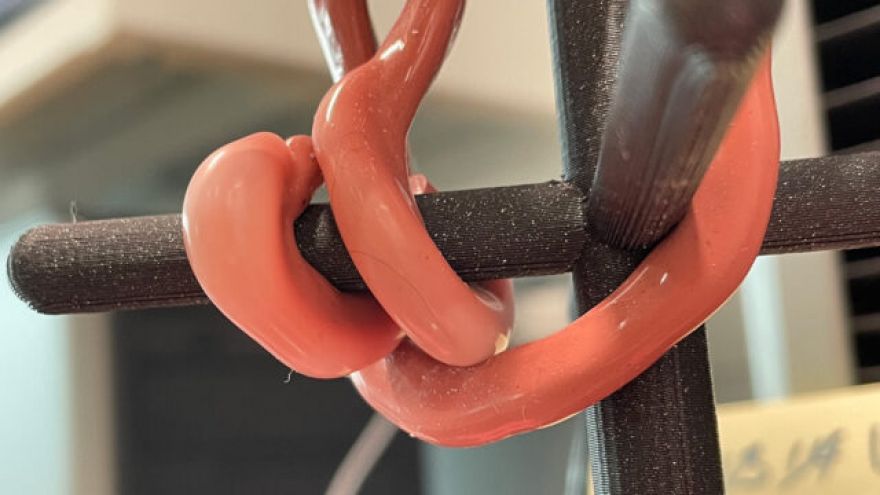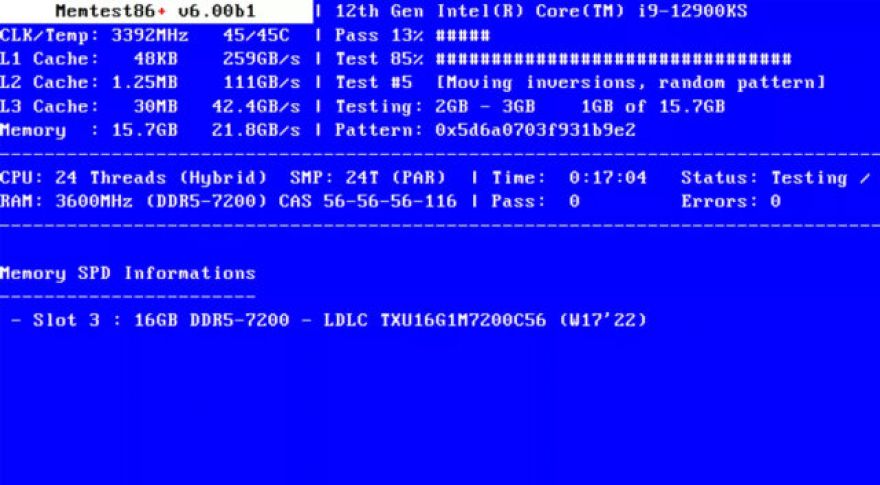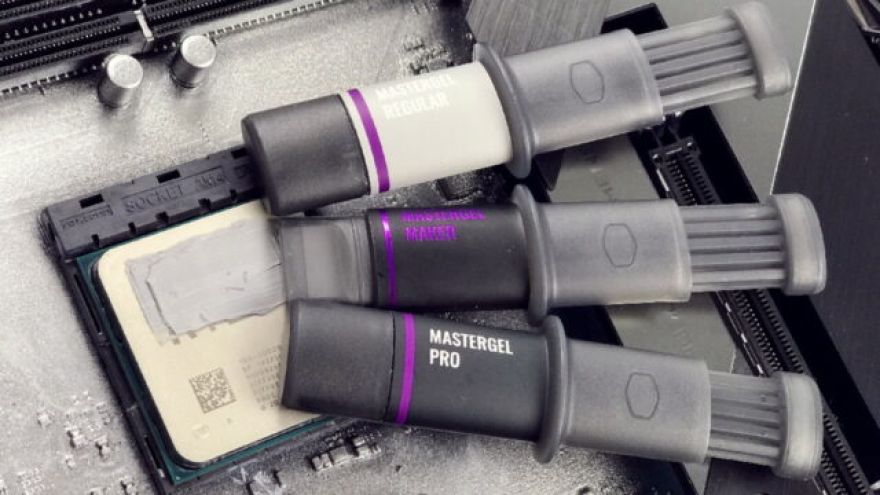
Welcome back, space fans, first-time readers, and all folks in between. The first few days of the week were a bit quiet, space-ifically speaking, but there were some late-breaking items of interest, especially for fans of InSight and Mars exploration in general. One of the Seismic Events InSight Detected Was Actually a Meteor Strike Since landing on Mars NASA’s InSight probe has detected the first seismic event on another planet, improved our understanding of Mars’ crust, mantle, and core, measured the remnants of Mars’ magnetic field, and collected more data on Martian weather than any other probe sent to Mars thus far.

Robots have gotten shockingly advanced in the past few years — just take a peek at any recent video from if you doubt that. However, robots are still pretty bad at one vital task: picking up irregularly sized objects. The solution could be so-called “soft robotics,” which focus on the use of flexible, compliant materials rather than rigid metal and plastic. A new project in that realm from Harvard scientists consists of a tangle of tentacles. Thanks to its monstrous appearance, the tentacle gripper can hoist almost any small object without damaging it. The robot was developed by researchers at Harvard’s John A.

GPU “Cable Gate” is an official thing now. This week a Redditor posted images of a melted 12-pin adapter cable on their Nvidia RTX 4090. The power plug on the PCB was also irreversibly damaged as well. Naturally, the Internet was outraged as this was predicted to happen before the GPUs launched. Back in September PCI-SIG issued a warning about using 12-pin power cable adapters, saying it could cause problems. Now, that has apparently happened. In the wake of this event, it’s been confirmed that AMD will not be using the new cable on its upcoming RDNA3 GPUs. This has led to a lot of questions about Nvidia’s 12-pin cable design.

(Photo: JESHOOTS/Unsplash)Given the recent prevalence of metaverse chatter, you’d think the new online space has a long, healthy road ahead. According to one analyst, this might not be the case. Matthew Ball, chief analyst at tech market research firm Canalys, recently shared that he believes most metaverse projects will shutter over the next couple of years. Ball shared his thought process at Canalys’ 2022 Channels Forum in Barcelona, according to a new from The Register. Addressing whether the metaverse could be considered “the next digital frontier” or “an overhyped money pit,” Ball said Meta’s convoluted project—and all its somewhat pitiful snags—can be considered a barometer for the metaverse’s success as a whole.

Those who spent the 90s and early 2000s tinkering with computers will remember an encounter or two with Memtest86. They won’t be good memories necessarily, because you only needed Memtest86 when something was busted. This invaluable tool has been unmaintained for almost a decade, but it has risen from the dead, not unlike many of the nonfunctional PCs it helped diagnose. The new Memtest86+ version 6.0 is finally available, and it’s still completely free and open source. Tracking down the cause of system errors in a PC can be grueling and confusing, particularly when the issue is a bad stick of RAM.

(Photo: Library of Congress/Unsplash)Though we haven’t yet figured out how to actually predict earthquakes, a system based in California aims at giving people in earthquake-prone regions a few extra seconds to take cover. ShakeAlert is an earthquake early warning (EEW) system that initiates urgent mobile phone alerts at the start of a quake—and yesterday’s 5.1 magnitude event near San Jose proved it works as intended. ShakeAlert first came on the scene in 2019. The US Geological Survey (USGS), California Geological Survey, California Governor’s Office of Emergency Services, and several California universities had been working together for over a decade to create an EEW system that could alert people on the west coast to impending earthquakes.

The US government is getting serious about semiconductors, and that’s bad news for China. Following new export controls targeted at stemming the flow of high-performance chips to China, Taiwan-based TSMC has halted production of GPUs for China’s Biren Technology. TSMC reportedly fears the chips may be powerful enough to fall under sanctions, but Biren says its designs should not be subject to export rules. Announced earlier this month, the Commerce Department action is aimed at reducing the Chinese government’s access to high-performance computing hardware and manufacturing equipment. The US says China has poured resources into supercomputer initiatives which it used to design nuclear weapons and conduct wide-range surveillance on its citizens.

(Image: Interpol)You can already do a lot in the metaverse. Though the technology has only existed for a year or two, you can already get married, attend real-life celebrities’ concerts, and work at Chipotle by simply strapping on a virtual reality (VR) headset. As with any other online space, you can commit crimes, too—a realization that inspired the International Criminal Police Organization (Interpol) to start the very first global police force for the metaverse. At a surprise session of the 90th Interpol General Assembly in New Delhi, India last week, the international enforcement agency unveiled the Interpol Metaverse, a VR space in which police officers can interact and trade information with one another as well as take a number of immersive policing courses.

(Photo: PCMag)Deciding on which thermal paste pattern to use is one of the longest-running debates in the PC-building world. Some prefer a dot, an “x,” or even a straight line (aka sausage). It’s a bit of a mysterious process because we never know how the paste has spread once we strap the cooler down. The only way to find out is to look at our temperatures. Now TikTok account is taking it further by testing a variety of bizarre paste patterns—including the logos of popular gaming companies. You can also see what the spread is like as he presses down on it with a piece of glass.









